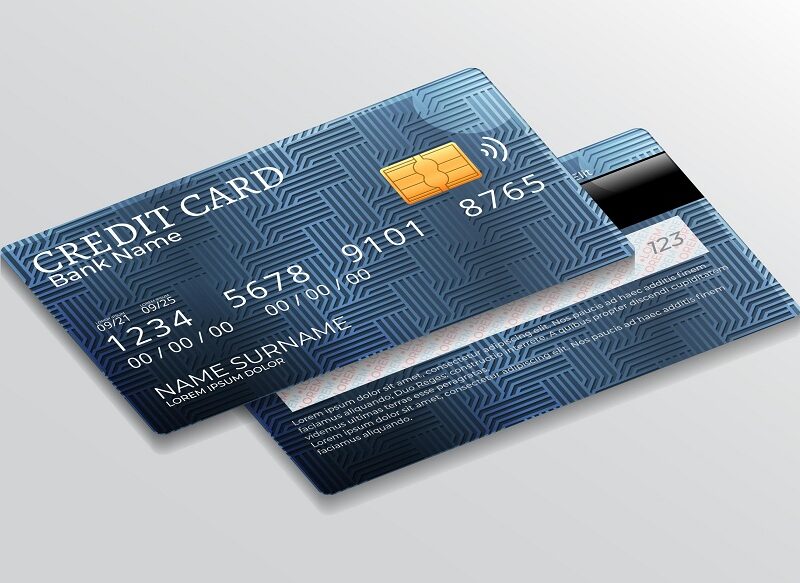Nowadays, the usage of credit cards is a major part of managing finances. Whether it’s shopping quickly, receiving rewards or buying things easily, credit cards are used for a multitude of purposes. When looking at these benefits, you might ignore APR, the Annual Percentage Rate.
This article will present how this rate works and discuss how to handle your finances by avoiding debt.
What is Credit Card APR?
Annual Percentage Rate is the interest rate your credit card will charge you for the entire year. When you don’t pay off your credit card balance each month, this is the rate you pay. Despite being shown as an annual interest rate, interest is calculated each day. Credit cards can have different APRs for buying or transferring a balance and taking cash advances.
There are two kinds of APRs, which are fixed and variable. Your APR stays the same with fixed interest, but with variable interest, it may change depending on what banks do with the prime interest rate. You should study your credit card agreement to know which card you have and to learn when your APR may be different.
How APR Affects Your Finances
If you can’t make your credit card bill payment in full, the APR will determine how much you pay. Should you pay only your minimum amount or keep a balance, the unpaid amount earns interest over time. If your card’s APR is 20% and your due amount is Rs. 30,000, the debt could cost about Rs. 6,000 in interest during a year.
However, this number can increase if you keep the debt on the account.
If you keep borrowing money to cover regular costs on a credit card, you can easily get trapped in debt. With high APRs on your card, the added rewards may not seem necessary since the interest you pay can be higher.
Managing Your Credit Card APR
You can control your APR by making sure you clear your balance every month. Always prioritise timely credit card bill payment to avoid interest and late fees.
If you can’t pay everything off, try to pay more than the minimum amount each month. It helps you borrow less, so you have to pay less interest. Don’t use your credit card to make cash advances or to transfer your balance.
Moreover, certain cards allow you to pay no interest for a fixed time, usually on new balances or fresh purchases you make. But before using these offers, you should ensure you know exactly what they require. After the promotional period is over, your APR might get much higher, and any debt you still have will start earning interest.
Choosing the Right Credit Card
While choosing a credit card, don’t specifically focus on reward programs or welcome bonuses. Instead, focus on comparing APRs. A credit card with a low APR can be more beneficial in the long run than a high-interest card.
At the same time, consider your credit score also, as it highly influences the APR you’re offered. On-time credit card bill payments keep your credit utilisation low and reduce the charges you pay if, in any case, you miss the payment.
Conclusion
Understanding credit card APR is highly important for utilising credit limits. It influences your finances after the first instalment is missed or you don’t clear all dues given on a certain deadline.
This is where choosing the right credit card becomes essential, as it reminds you to make timely credit card bill payments. This helps to maintain a good credit score, along with increasing the chances of improving your credit utilisation eligibility.

